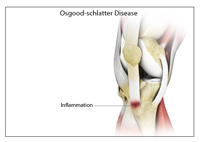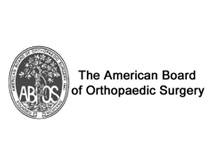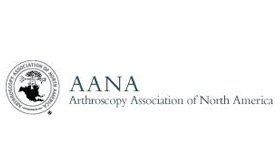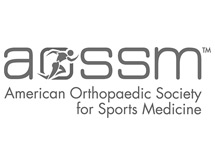Osgood Schlatter Disease

What is Osgood Schlatter Disease?
Osgood-Schlatter disease refers to a condition of an overuse injury that occurs in the knee region of growing children and adolescents. This is caused by inflammation of the tendon located below the kneecap (patellar tendon). Children and adolescents who participate in sports such as soccer, gymnastics, basketball and distance running are at higher risk of this disease.
Causes of Osgood Schlatter Disease
Outdoor sports activities which involve a lot of running and jumping may induce stress on the thigh muscles which in turn pull the patellar tendon which connects the kneecap to the tibia. Repeated stress can cause the tendon to move away from the tibia which results in pain and swelling of the affected knee. In some cases, the body may try to close the gap with new bone growth which results in a bony lump in that region.
Symptoms of Osgood Schlatter Disease
The main symptoms of Osgood-Schlatter disease include
- Knee pain
- Swelling
- Tenderness below the kneecap area
Diagnosis of Osgood Schlatter Disease
Diagnosis of Osgood-Schlatter disease includes review of symptoms and medical history. A physical examination will be performed where your doctor will check your child’s knee for pain, swelling, and inflammation. An X-ray or MRI scan may be ordered to view images of the bones of the knee and examine in detail the area of the affected tendons and tibia.
Treatment of Osgood Schlatter Disease
The goal of treatment is to reduce pain and swelling. The treatment includes the use of non-steroidal anti-inflammatory medications and physical therapy. Physical therapy may include strengthening exercises for the thigh muscles to help stabilize the knee joint. Most of the symptoms associated with Osgood-Schlatter disease completely disappear with completion of the growth spurt (period of rapid growth rate).










